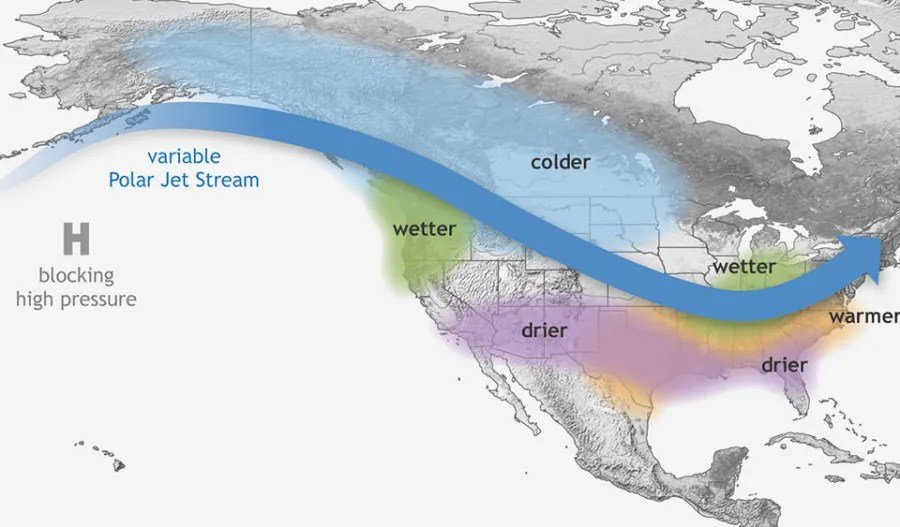La Niña Patterns Expected to Emerge Soon, But Short-Lived Impacts Anticipated for Winter 2025-2026
The Climate Prediction Center has shared promising news regarding the potential for a La Niña phenomenon this fall. On Thursday, the agency projected a 71% probability of the formation of a La Niña pattern between October and November 2025, as reported by the National Oceanic and Atmospheric Administration (NOAA).
Traditionally, La Niña, along with its counterpart El Niño, peaks during the winter months. However, this winter may follow a different trajectory. The likelihood of La Niña conditions persisting from December 2025 to February 2026 decreases significantly to about 54%. Hence, this year’s La Niña could resemble last winter’s pattern—brief and mild.
Current forecasts suggest that La Niña may dissipate before the season’s end, potentially leading to a winter that lacks the predictability often associated with these oscillations.
What Does La Niña Mean for Winter Weather?
La Niña influences the polar jet stream’s behavior, which in turn affects weather patterns across the United States. Typically, the jet stream divides the nation, ushering in wetter conditions for the Pacific Northwest and Ohio Valley, while southern regions can expect dry and warmer weather.
As we prepare for the upcoming winter, attention will be focused on how these conditions unfold and the overall impact on local climates across the USA.

